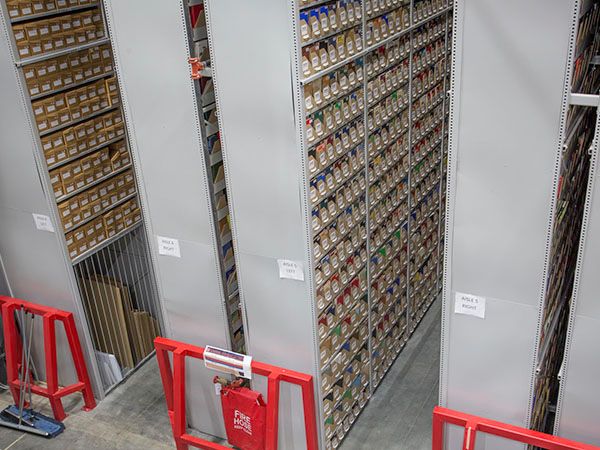Libraries, Academic Library, Off-Site Archival Library
Establishing the Foundation for High-Bay Shelving Facility
Is your campus ready for the transformation that a new high-bay facility will bring?
Every university and library is different, so it’s important to take the broadest view possible when considering employing a high-bay shelving facility to meet their needs – and those of their community. The University of Wisconsin-Madison, for instance, established committees to recommend strategies that would strengthen core library functions, redesign campus spaces to create new learning environments, locate related collections closer together, and streamline processes.
“We’re taking libraries back to what they originally were: spaces to create the scholarship of the future surrounded by the scholarship of the past.”
- Catherine Murray-Rust, Creating the Next Research Library, ALA Midwinter Meeting, January 2017
As you look to move beyond the traditional library setting of reading tables and rows of books on shelves, it is important to note that physical learning tools can’t go away completely. Students still need access to these resources; however, the library also needs to have room for the following...
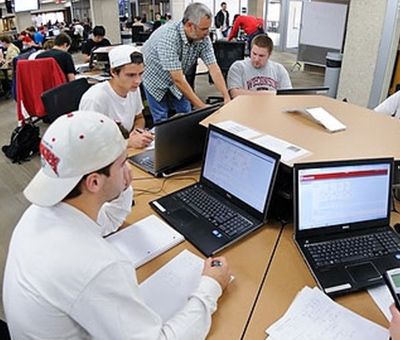
Collaborative Workspaces
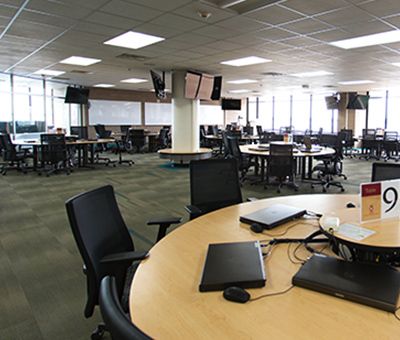
Tech-Enabled Learning Spaces
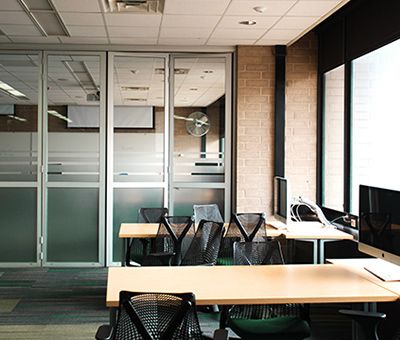
Makerspaces
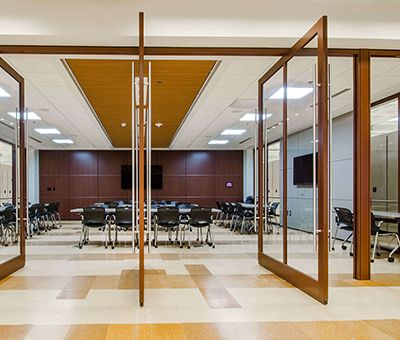
Visualization Labs
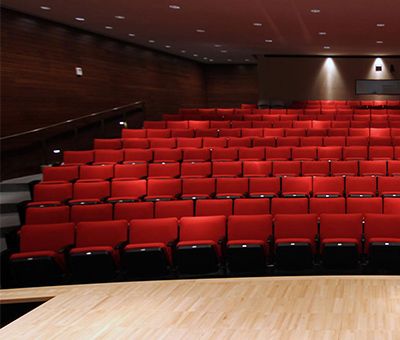
Special Events Space
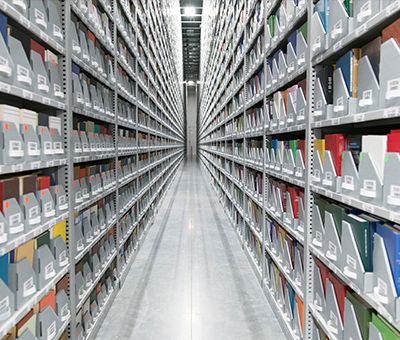
Print Materials
Other articles in our Library Transformations series:
Acquiring Funding
As you consider funding for your project, keep in mind that contracts can offer a powerful purchasing option. Contracts are systems set up by state governments and other organizations to evaluate products and negotiate pricing with esteemed vendors – a process that in turn allows government, education, non-profit, and other organizations to save time and money when purchasing those vendors’ products. Most libraries and archives in the U.S. and Canada can purchase Spacesaver products at a deep discount by using Sourcewell, OMNIA Partners, and/or state contracts.
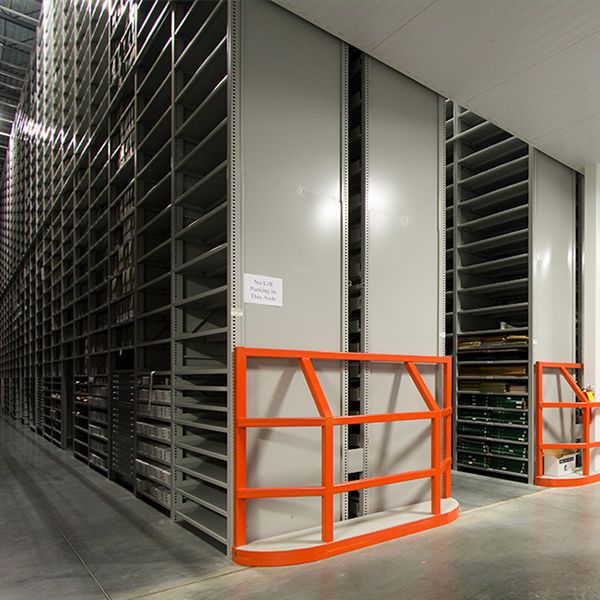
Gathering Data
Consolidating the content of a complex, campus-wide library network into an off-site shelving facility requires a deliberate plan of action. And, in a process that can sometimes get emotional, it’s important to gather the facts. This includes:
- Circulation statistics
- Gate counts
- Shelf space
- Square footage of various libraries
- Library services currently offered and desired
- Staffing levels and job descriptions currently offered and desired
- Current budgets for various libraries around campus
- Preferred storage conditions – temperature, relative humidity, etc.
- Current cost of off-site storage


Planning a High-bay Facility
Planning a High-bay Facility

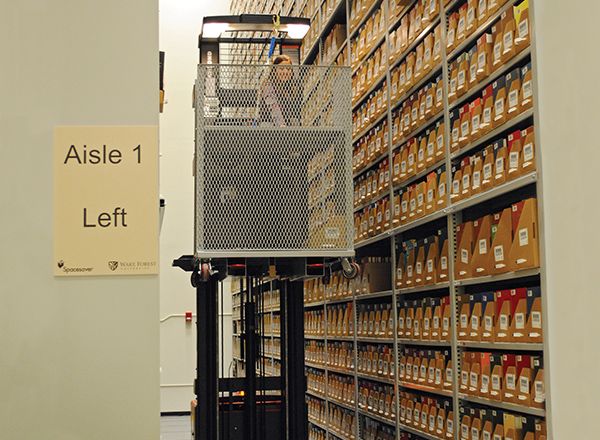
Building A More Economical Solution
Wake Forest University decided to build an on-site high-bay shelving facility due to the expense and inconvenience of renting space off campus. In its previous arrangement, the university was charged by the linear foot for storing books and had to pay a fee anytime a book was retrieved, and again when it was returned to the storage facility. “That was cost-prohibitive,” said Mary Beth Lock, Director of Access Services at Z. Smith Reynolds Library. “It really wasn’t a model that we could continue to use.”
Evolving Roles
As library materials shift, so do the roles of library professionals. While their work centers on knowledge and information, library professionals are spending less time helping patrons find printed materials and more time helping students and researchers discover, evaluate, understand, and share information from a variety of sources. Their duties include:
- Assisting students with electronic research tools, including bibliographic management tools
- Helping students, faculty, and other researchers develop data management plans and research portfolios
- Supporting digital scholarship and sharing new ways of disseminating scholarship
- Teaching students about informational literacy concepts, copyright laws, and intellectual property concerns
“Librarians can’t sit in the building and wait for people to come in and engage. They need to get out on campus and be more entrepreneurial. That’s a completely different job. We’re asking them to be different kinds of people.”
- Catherine Murray-Rust, Creating the Next Research Library, ALA Midwinter Meeting, January 2017
Related Products
Next Up in Libraries

Enhance Library Efficiency and Flexibility with Adjustable and Configurable Shelving
Read On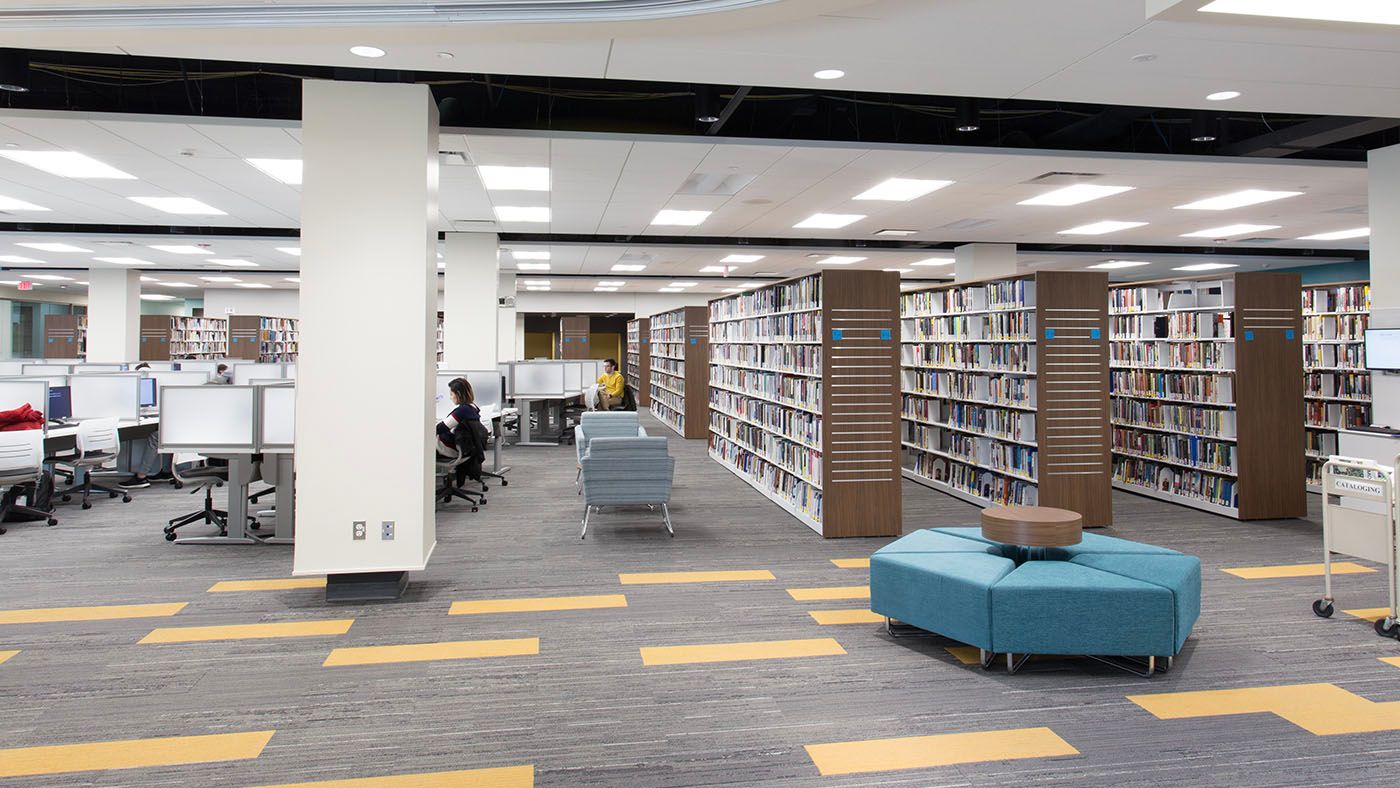
Spacesaver provides insights and installs geared toward advancing your campus library’s impact.
Read On

